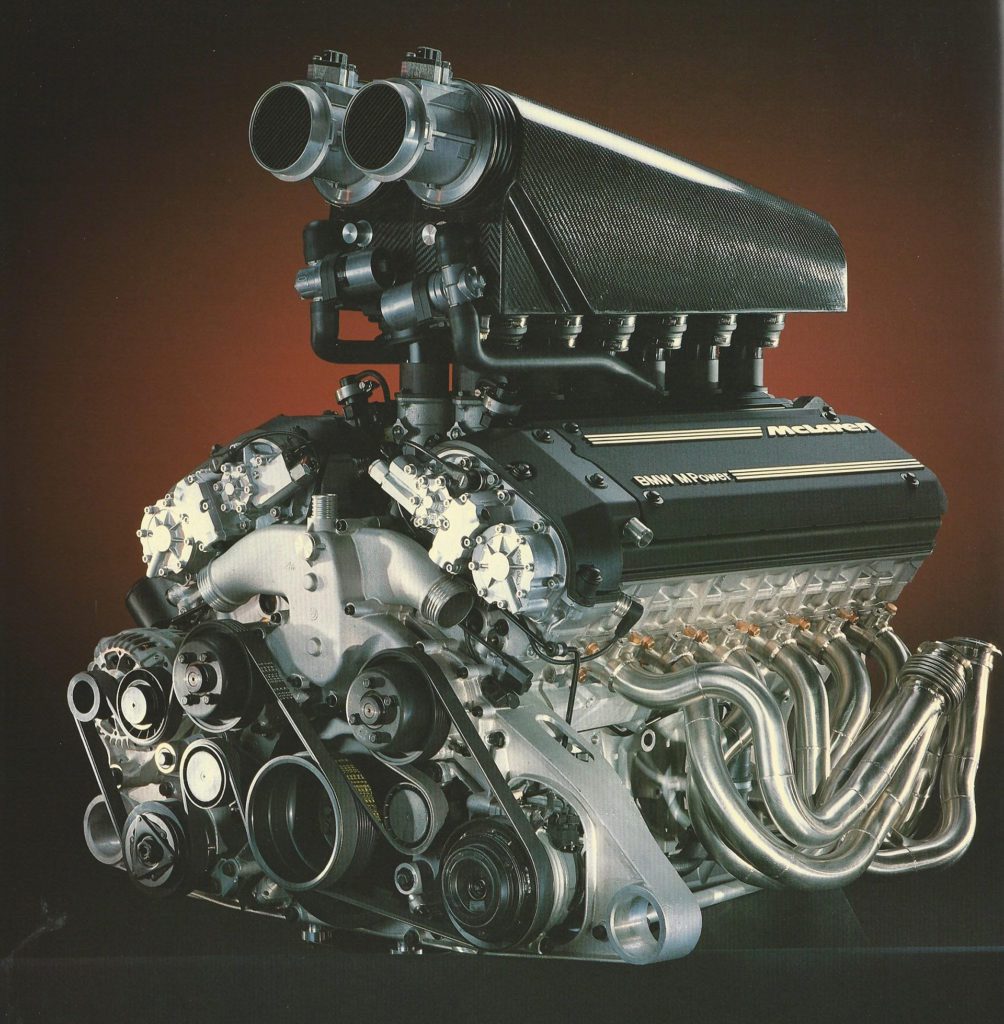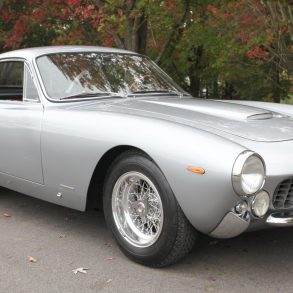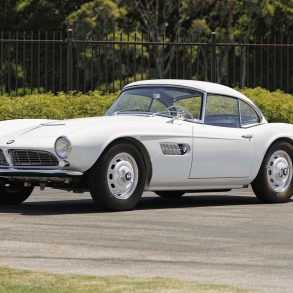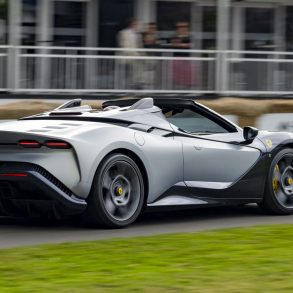The V12 engine holds a special place in the heart of many automotive and motorsports fans. For some, it’s the sound of Formula 1 through the years, especially during the 1990s. For others, it’s engines like the 6.1 L BMW S70/2 from the McLaren F1 or the 3.9L Lamborghini V12 that powered all their cars from the Miura through to the Diablo. No matter where it lies in your heart, it is the “proper” configuration for many: 6 cylinders per bank, put into a V, and firing in an odd sequence to give it that special roar under power.
Yet, as concerns over fuel efficiency, qualms about environmental impact, and high-powered turbocharged V8 or V6 engines are the norm now, the V12 is slowly, but surely, being put to rest. In fact, the only place that V12s are still hanging on by the last threads of their engine mounting bolts are in supercars, hypercars, and a few ultra-luxury cars. Even then, many exotic brands have announced that their next cars will either be V10s or turbo V8s and V6s.
Since it appears that the swan song of the V12 is reaching a crescendo, we thought it only appropriate to celebrate the few remaining cars out there that carry them. It may be the last time we see some of these brands, many of which are known for their V12s.
The Amazing Last V12 Production Versions from the Big Brands
Ferrari 812 Superfast

The writing is on the wall for the prancing horse, as the new Ferrari 296 GTB is showing the direction that Maranello is headed. Yet, unless you were invited to snag one of the limited-edition Monza SP1 or SP2 cars, there is still one car you can buy from the legendary marque that has all 12 cylinders fully intact.

The 6.5L F140 GA 65-degree V12 in the front of the 812 is the last road-going version of the V12 that debuted in the Ferrari Enzo. Producing a monstrous 789 HP and 530 lbs-ft of torque, it is no slouch either, as when the 812 Superfast debuted, it was the most powerful naturally aspirated production car engine ever made.
It has the typical low-rev Ferrari roar that rises into a howl as the car revs up to nearly 9,000 RPM, and will catapult the 3,845 (1,744 kg) car to 60 MPH in 2.9 seconds. As far as a curtain call is concerned, that’s a great way to bow out and focus on hybrids and turbocharged engines.
Mercedes-Maybach S680 4MATIC

Mercedes-Benz used to be at the very top of the V12 pecking order when it came to luxury performance cars. Such classics as the S 65 AMG from the mid-2000s and the 500 TE AMG W123 Touring from the very end of the 1970s came with big V12s that sound astounding, but the biggest and baddest of the Mercedes V12s left on in a production car is the M279 E60 LA that hauled the S65 AMGs of 2014.
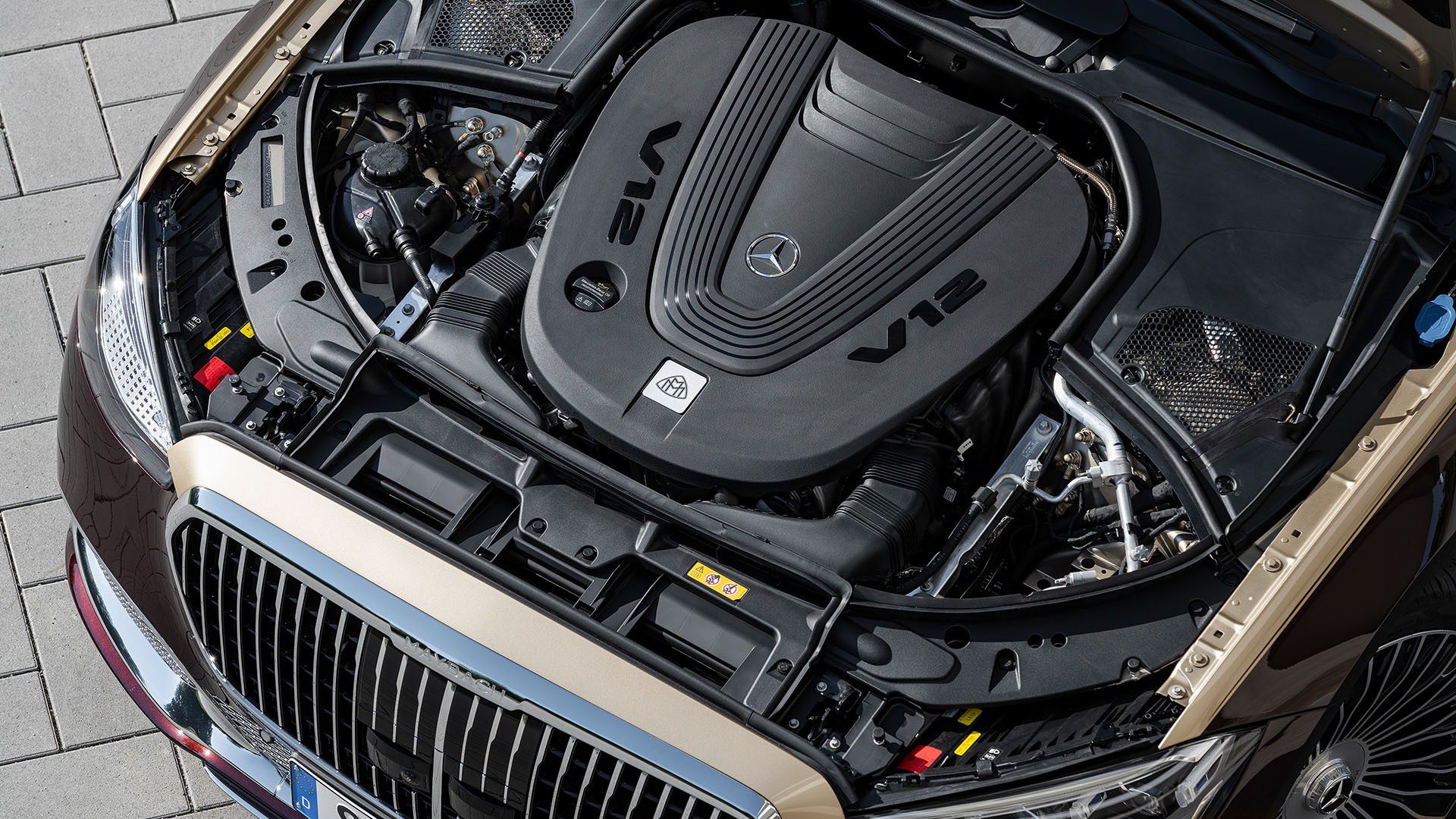
It makes 602 HP and a whopping 664 lbs-ft of torque because of its twin-turbo forced induction, which is necessary because the Maybach S680 is not what one would call a light car at nearly 5,200 lbs.
It is still, as they commonly say in the ultra-luxury market, “enough.” While it is a bit muffled in the Maybach, it is buttery smooth and will still pull the behemoth along to 60 MPH in 5.5 seconds, which is just slow enough that while you’re sitting in the limousine back seats, you won’t spill your champagne.
BMW M760Li

The BMW 7 Series is in a bit of a pickle at the moment. BMW has announced that a new version of the 7 Series will be coming out “soon,” but has not revealed quite when, and what power unit it will have. It is supposed to start production in the latter half of 2022, but that remains to be seen. Until then, there are still M760Li sedans at many upper-echelon BMW dealerships, and they do have one peach of an engine in them.
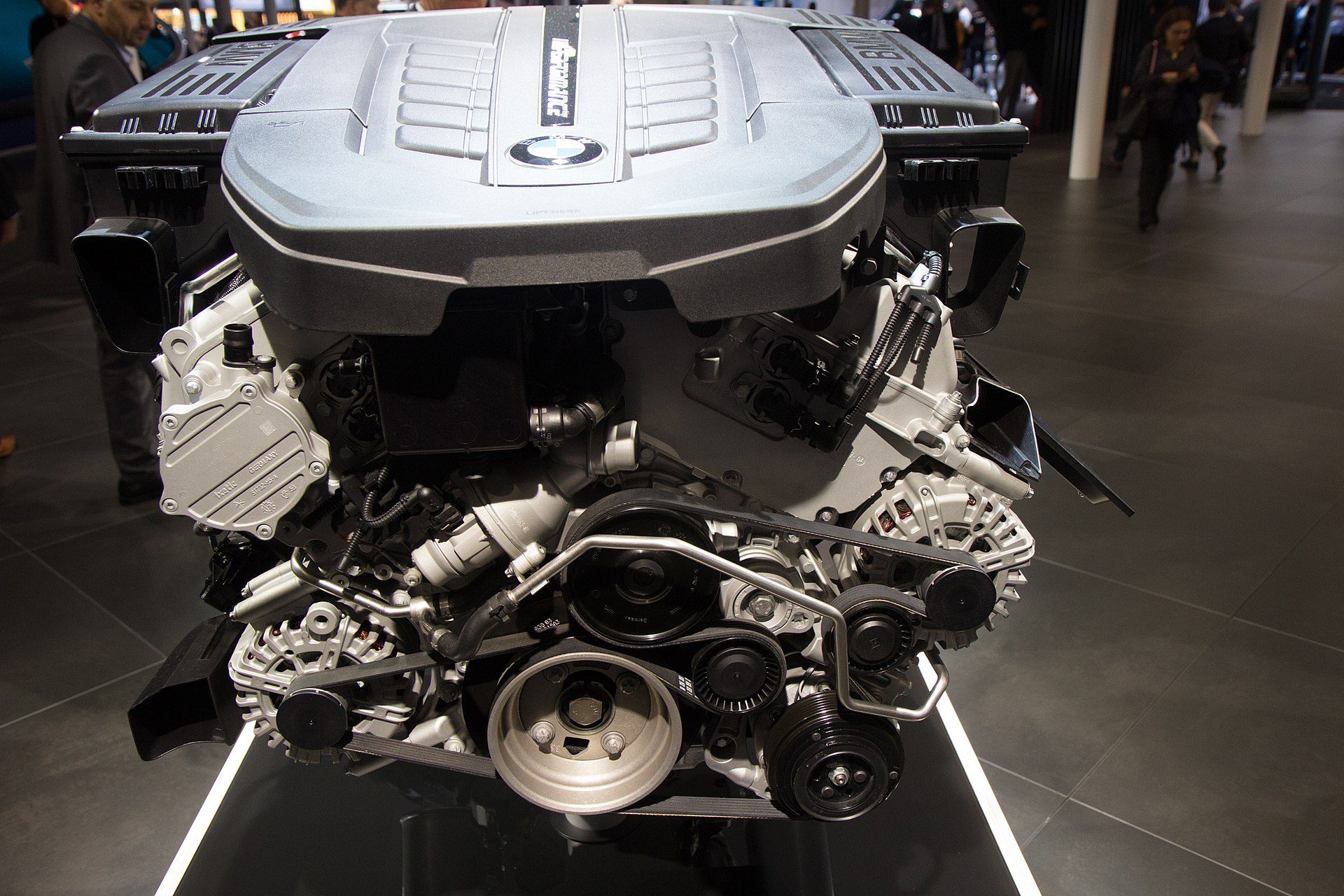
Known as the N74, this V12 has been in use since 2008, although the version in this car is the N74-B68, a twin-turbocharged, 6.7L heart that puts out 563 HP and 664 lbs-ft of torque. If that sounds like it’s meant to move a heavy car, that would be a very astute observation, as the N74-B66 was the engine used to motivate the Rolls-Royce Ghost from 2010 to 2020.
The M760Li is half the weight of a Rolls-Royce—so as you can imagine, it’s pretty sprightly for an executive sedan. It’s able to sprint to 60 MPH in just under 5 seconds.
Lamborghini Aventador LP 780-4 Ultimae
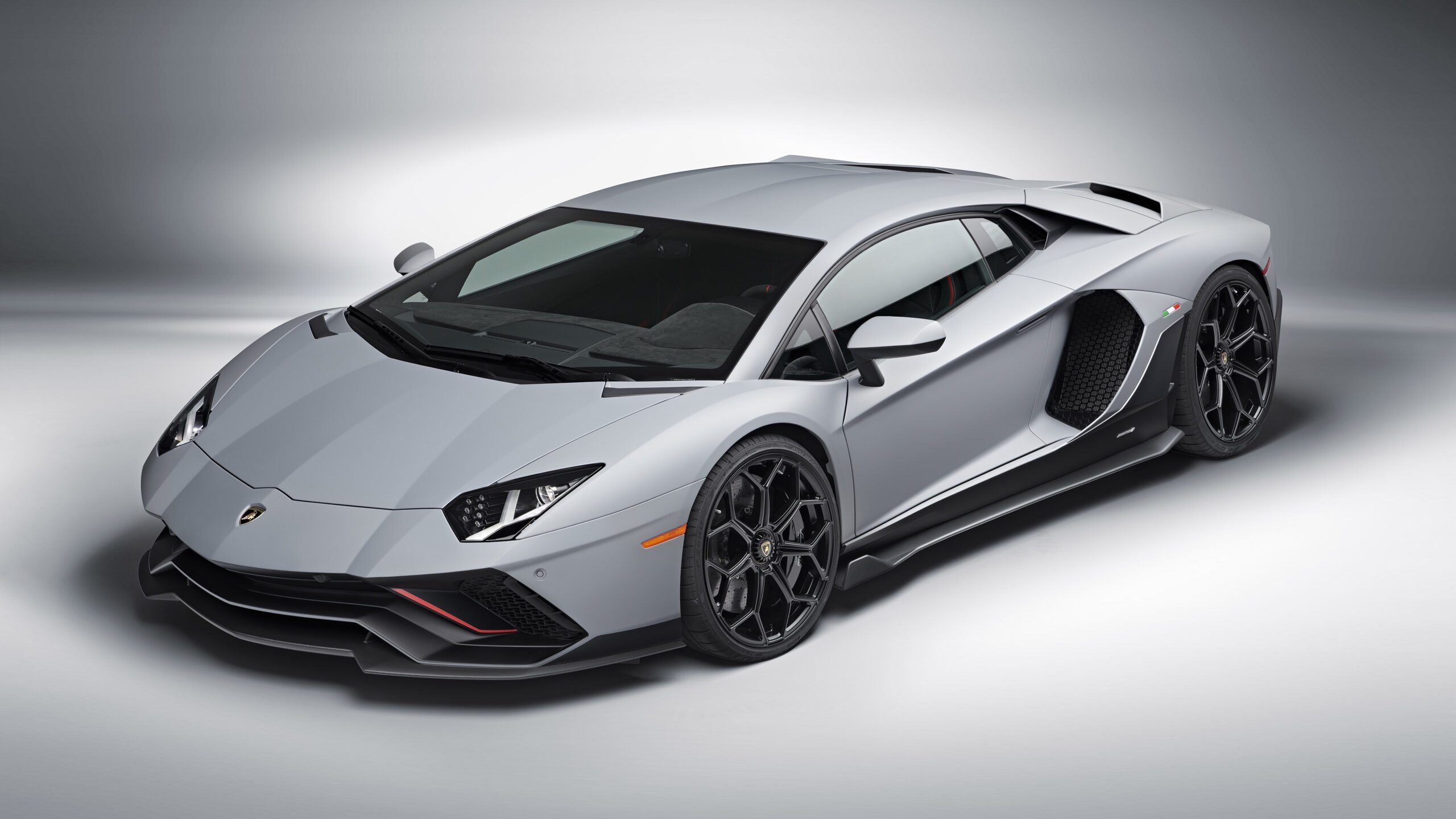
While technically still in production, the Lamborghini Aventador Ultimae has already sold out, so if you want an Aventador, start perusing the use car section in the newspapers. This is essentially an Aventador SVJ, but with the last variation of the Lamborghini V12 (L539), which debuted in the Miura. At 6.5L, it is pushing out 769 HP and 531 lbs-ft of torque, motivating just over 3,500 lbs worth of carbon fiber and aluminum.

As you can imagine, for the final send-off, Lamborghini did not hold back on performance, and the Ultimae, with its all-wheel-drive system and launch control, will fly past 60 MPH in 2.8 seconds—then keep going until it hits 221 MPH. The V12 will get a last gasp in the Countach LPI 800-4, but that one is borrowing the V12 from the Sian FKP 37, and is only limited to 112 units, so it doesn’t count as a production car.
Aston Martin DBS V12

The flagship of Aston Martin’s supercars, the Aston Martin DBS is the brand’s ultimate, and quite possibly final, long-hood-short-cabin GT-style car to hold a V12 under its beautiful skin. Low, long, and sleek, the car simply oozes style, and if it’s to be Aston Martin’s V12 burial shroud, we can’t think of a much better production car skin.

Known as the AE31 twin-turbo V12, the 5.2L engine puts out 715 HP and 664 lbs-ft of torque in a car that weighs 3,732 lbs. In other words, this is a seriously fast GT, with 0 to 60 MPH in 3.4 seconds and 0 to 100 MPH in 6.4 seconds.
Apart from the hypercar Valkyrie project, the DBS also generates the most downforce of any Aston Martin production car, using a double diffuser under the car from their partnership with Red Bull Racing in Formula One, giving the car 400 lbs of downforce through the underbody alone.
While there is a “new” Aston Martin V12 Vantage, that car is the sign-off of the V12 Vantage badge in a limited series (meaning not a full production) car.
Why V12s Are Disappearing but V8s & W16s Are Still Around
The biggest drawback to a V12 is that by its very nature, it is a complex engine. It has 12 cylinders, 12 pistons, 48 valves, and four camshafts—and because of all that, even when made from aluminum and exotic materials, it is still a heavy engine.
Engine technology has also advanced to the point where V8s are now putting out more power than a V12 did even 10 years ago, and if you attach a pair of turbochargers to that V8 and add a performance hybrid system, you can realistically produce 1,000 HP.
The complexity argument does fade a bit when you look at the VW Group’s W16 engines, famously put in the Phaeton back in the early 2000s and currently in the Bugatti Chiron. Therein lies the rub, however, as the Phaeton was the last properly “normal” car to have a W16, and every car that’s carried one since has been a multimillion-dollar hypercar.
In other words, the W16 is still around because if you get a car with a W16 in 2022, you’re more than likely not even going to notice any fuel pricing or service costs. It’s basically a luxury item.

V8s are still around for most “normal” cars that are more reasonably priced because of either being the traditional engine (as in the Ford Mustang GT) or because they’re in heavy-duty vehicles that use either petrol or diesel.
It is far more common to find modern performance cars carrying even smaller engines—such as the Honda Civic Type R, which gets 316 HP from 2.0L via a turbocharger. The engine in the Type R is one of the highest-tech engines to ever be made by Honda.
We touched very briefly on it earlier, but the other reason V12s are being slowly killed off is that the high-performance and supercar market is heading quite steadily towards performance hybrids. These are hybrid units designed not with fuel efficiency in mind, but to boost the power of a car with a turbo V6 or naturally aspirated V8 into supercar territory.
Even Lamborghini’s Sian FK 37 with its huge V12 could only fit a mild performance hybrid in because it is only used to keep power steady while shifting or accelerating from a stop. Otherwise, it’s all petrol power.
The W16s may be going as well, as Bugatti has been fairly tight-lipped about the replacement for the Chiron, but they have mentioned that it will definitely (almost, for sure, maybe) be a hybrid. The hemming and hawing is either deception or indecision by the design team—we’re going with the former, because you don’t build a hypercar by being indecisive.
Is There a Possibility of a Resurgence with Sustainable Fuels?
That is a very good question. The answer is a solid “maybe”, mostly because all of the engines in motorsports or production cars that are using pure bio-ethanol or petrol-ethanol mixtures are running turbo in-line fours, turbo V6s, and twin-turbo V8s. Those engines are the in-line fours in the new WRC Rally1 Hybrids, the turbo V6s in WEC and Formula One, and the E85-ready V8s in Koenigsegg hypercars and megacars.
The far more likely scenario is that, much as the automobile freed up horses to be owned and appreciated for their beauty and cross-country ability, the sustainable fuel performance hybrid of the future might free up what petrol there may be left to take V12 cars out for a spin, so that people can appreciate the complexity and the beauty of their engineering.

Another likely scenario stems from the fact that many cars, since the beginning of the 21st century, have been designed to accept multiple fuel types and octane levels. You have probably seen the badges on the back of cars, trucks, and vans claiming “FlexFuel” in yellow and black, or “Ethanol ready” in some cases.
With all the research and development that has gone into making vehicle engines for the past two decades ready to use E85 or pure bio-ethanol, there may be the ability to convert the V12 engines in high-performance cars, supercars, and hypercars to use E85 or E100. It would probably give them better performance, since bio-ethanol, if you compare it to the highest grade of petrol you can get in European service stations (98 Octane), is naturally almost 110 Octane just by itself without refinement or further processing.
As stated, it’s a solid maybe. The V12 in something like a gorgeous Ferrari 250 GTO would be almost sacrilegious to convert, and that is an engine that should only ever be run on petrol so that its pure sound can be heard for what it is. A fuel-injected, electronically-controlled V12 from a Lamborghini Aventador, however, would very likely be easily converted with just a few adjustments. Only time will tell.


